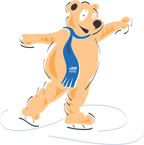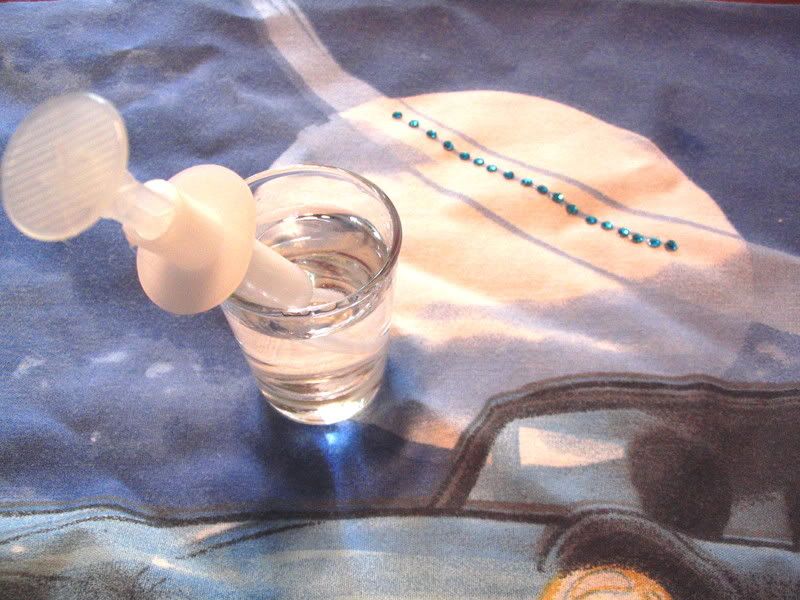 I've written about my deep love for Learn to Skate before on this blog. I swear, I'm really in love today.
I've written about my deep love for Learn to Skate before on this blog. I swear, I'm really in love today.Learn to Skate is the only figure skating bargain that I know of. For $90, I can get Ice Girl six 1/2-hour lessons plus 1/2-hour practice ice. Since she's done with the basic lessons and freestyle lessons, it's pretty much a 1/2-hour private lesson. Let's see: that would normally cost $17 for the lesson and $10 for ice time. Through Learn to Skate, I pay $15.
I'll sign Ice Girl up for Learn to Skate until she goes to college, I swear.
Ice Girl is only 12, but Ice Coach (the LtS director) graciously offered to let Ice Girl assist with the little Snowplow Sams for 1/2 of the Learn to Skate hour. Ice Girl is learning a skill - coaching (albiet little ones) - and when she turns 14, she'll be able to receive a paycheck for it. She's already dreaming of the music downloads she'll buy.
Me, I'm such a groupie. I was snapping photos through the rink door of Ice Girl scooping the tots off the ice. Another parent asked which kid was mine.
The one in the blue-striped shirt.
He was completely confused.
Err. The tall one. Blonde. With the pony tail. She's helping that small boy to his feet.
Oh! She's an instructor, he said.
Well, sort of. She's learning. It's her first day.
We chatted. His kid is three. Ice Girl had the little one picking up colored rings, skating over to some cones, and stacking the rings on the cones. When the cone was full, Ice Girl scattered the rings again. That poor kid looked so disappointed that she'd ruined his hard work. Ice Girl, however, looked pleased, gushed about the kid's ring-gathering skills, and scooped him up occasionally.
She called one of her friends when we came home. "I just got home from work," she said. "It was great."
See? I love Learn to Skate. In Learn to Skate, Ice Girl learned to swizzle, then jump, then spin. Now she's learning responsibility.
It's the best bargain in figure skating, I swear.
















